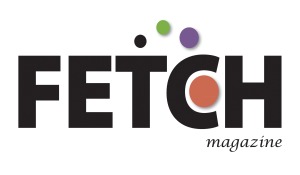The 4H Dog Project
BY PAMELA STACE, FREELANCER
When we think about 4-H, what usually comes to mind are images of kids raising and showing farm animals. Yes, that is part of it, but 4-H is so much more! Today’s 4-H is a comprehensive, hands-on, educational program for rural, suburban and urban youth in every state. According to their website, the purpose of 4-H is to empower young people with lifelong leadership skills. 4-H members pledge:
“My head to clearer thinking.
My heart to greater loyalty.
My hands to larger service.
My health to better living.
For my club, my community, my country, and my world.”
A Brief History of 4-H
4-H was started in 1902 with the intent of providing young boys in rural areas with learning experiences that would connect their public school studies with country life. In the 1950s, 4-H welcomed urban and suburban youth as well, and in the 1960s both boys and girls of all races were participating in 4-H.
4-H Project Areas
There are 119 project areas within 11 categories in 4-H. Categories include: Plant Science, Health, Environment, Earth Science, Physical Science, Leadership and Personal Development, Civic Engagement, Communications and Expressive Arts and Animal Science. With guidance from well-trained adult 4-H mentors, members from third to twelfth grade participate in community and afterschool events and camps. Within the Animal Science category, the Dog Project was established to “help youth explore what kind of dog fits into the family lifestyle, and how to be excellent trainers and caretakers of their dogs.”
The Dog Project
The 4-H Dog Project curriculum has three components: Wiggles and Wags (grades 3-5), Canine Connection (grades 6-8) and Leading the Pack (grades 9-12). Members earn certificates of completion for each of these segments on the way to their final Dog Project completion. The curriculum starts with the basics and layers on more detailed information as members proceed. For example, third graders start with learning about breeds, anatomy, basic care, dogs in society and dog-related careers. Grades 6-8 learn more about health and nutrition, genetic problems, training and population control. Finally, Leading the Pack participants delve into caring for the geriatric dog, training service dogs, first aid and learning about animal cruelty and neglect.
Affordable curriculum materials for the Dog Project, and dozens of downloads relating to every area of Dog Project study, are available on the 4-H website.
Conformation & The Dog Project
Dog Project members are encouraged to share what they are learning with others via public presentations, community activities and conformation events at county and state fairs. My friend Marylou Mader has been judging Wisconsin 4-H shows for 20 years, and she recently spoke with me about some of her experiences.
Mader enjoys seeing kids and their dogs return to the county fair shows year after year, but she told me it is bittersweet when they eventually complete and age out of the project. Dogs do not have to be purebreds, but a handler must choose a breed identity and speak knowledgeably about that. 4-H judges can also question handlers about other aspects of dog ownership, including grooming and care. Additionally, while in the ring, dogs must demonstrate obedience skills.
4-H uses the Danish judging system. This means that a dog is not judged against another dog in the ring but instead against a standard. This gives all participating dogs and their handlers a chance to be recognized for their hard work and practice. As a result, there can be more than one blue ribbon!
A Great Opportunity
4-H provides a fantastic opportunity for kids aged 8-18 to take their love of dogs to another level by learning about all things dog. It is not expensive to become a member, and 4-H can be found all over Southeastern Wisconsin!
To get started, visit: www.4-h.org









